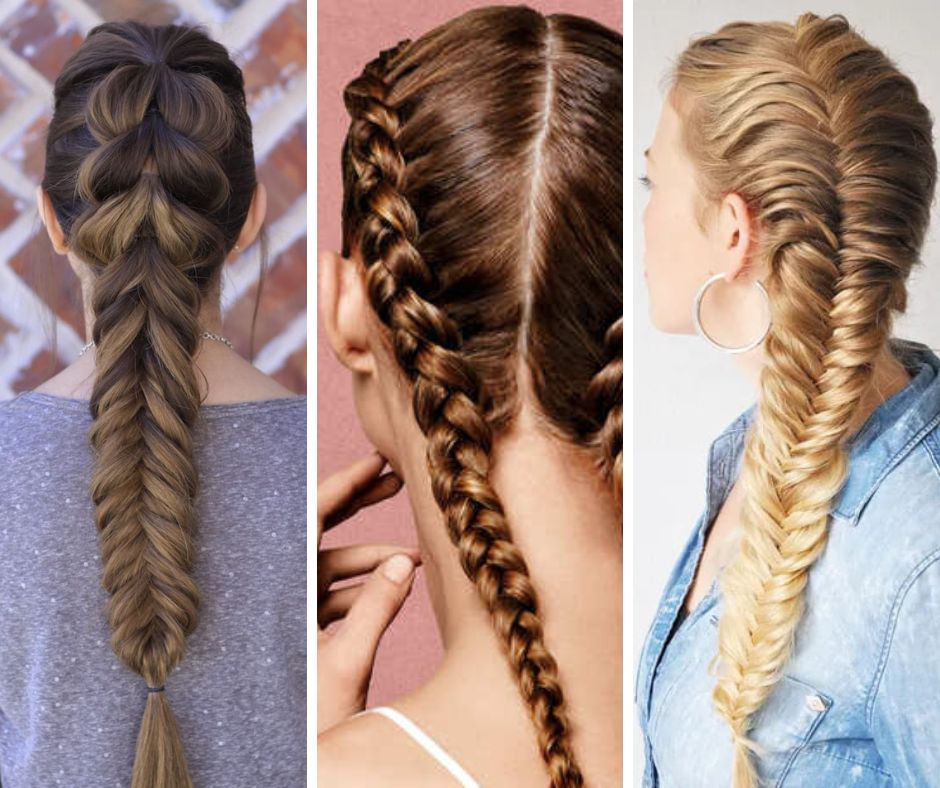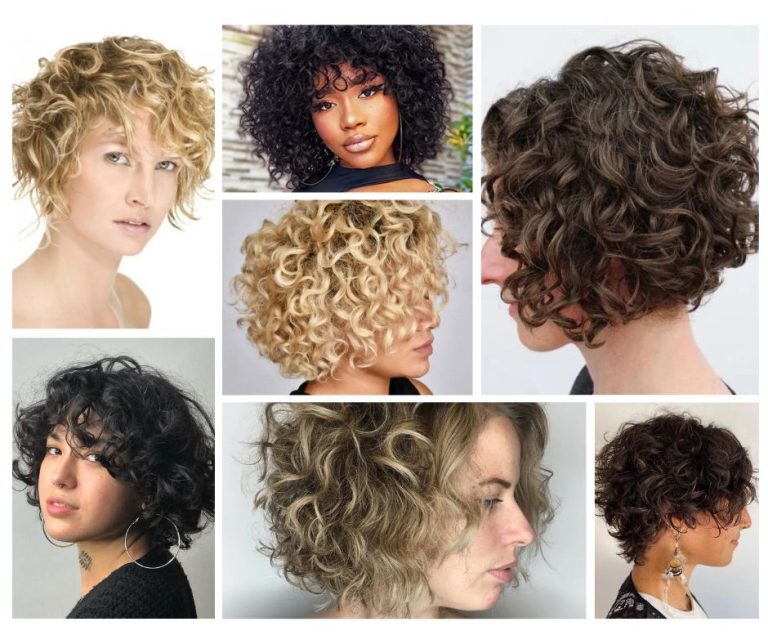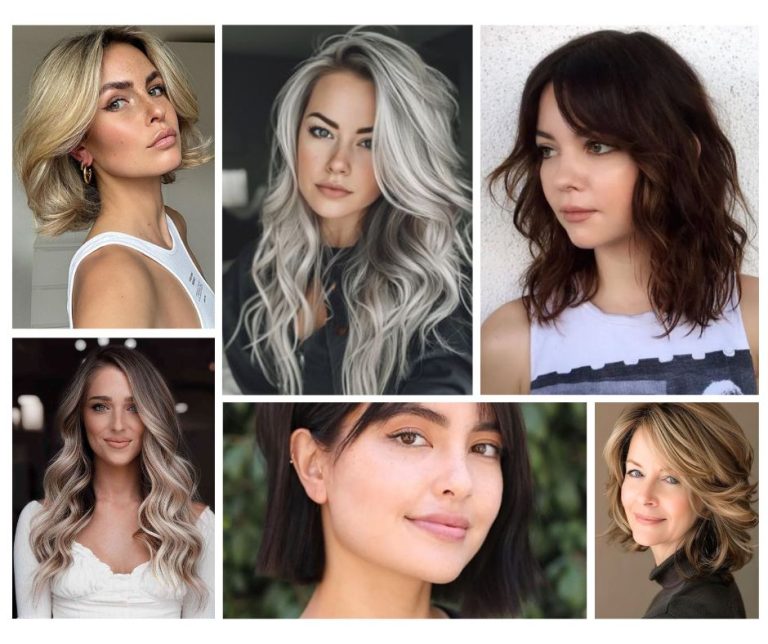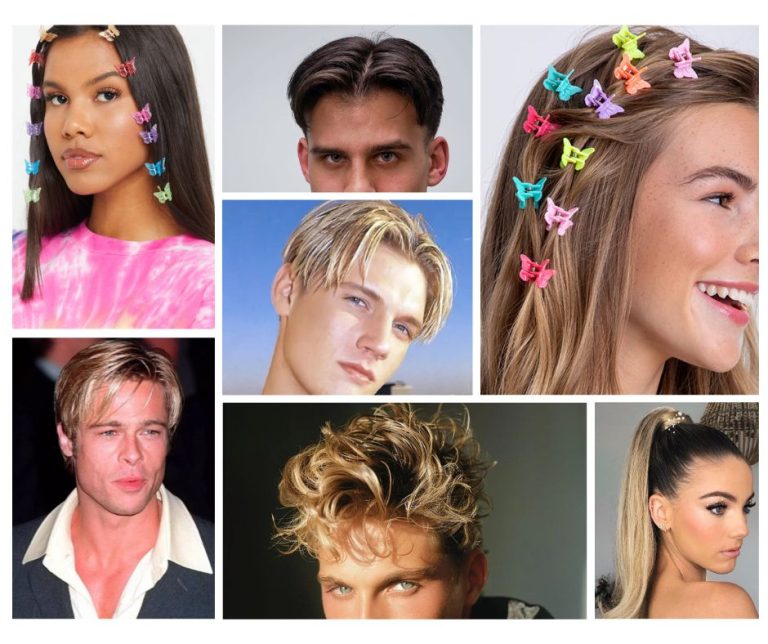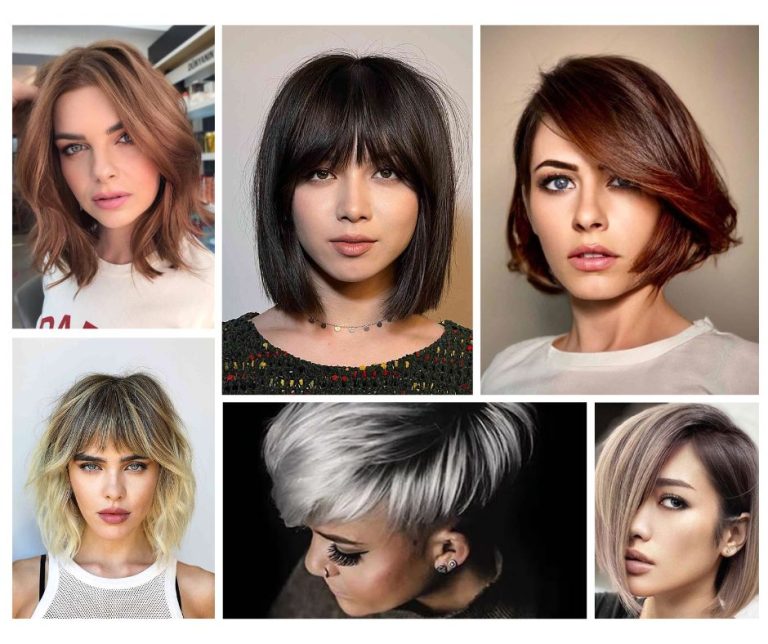Braid Hairstyles: 10 Trendy Styles and Essential Maintenance Tips
I’ve always believed that a great hairstyle isn’t just about looking good—it concerns or it involves feeling powerful. That’s why I’m obsessed with braid hairstyles! They’re not just twists and turns of your hair; they’re the secret sauce to boosting your confidence and expressing your personality. Whether you’re prepping for a high-powered board meeting or gearing up for a casual day out with friends, there’s a braid that fits every occasion and mood.
Exploring the Origins of Braid Hairstyles
Braid hairstyles are not just a fashion statement; they’re woven into the very fabric of history. Today, let’s explore or examine into where and how these intricate styles began.
Historical Significance
The history of braid hairstyles spans across continents and cultures, stretching back thousands of years. Archaeologists have discovered figurines dating from around 30,000 years ago in Europe, adorned with what appears to be braided hair. This suggests that the art of braiding hair was practiced by ancient peoples as a practical means of keeping hair out of the face and, later, as a symbol of one’s status and community affiliation. In ancient Egypt, for example, both men and women of high status wore intricate braids that signified their wealth and power. These braids were often decorated with gold threads, beads, and other precious items, denoting their social standing and divine connection.
Cultural Variations
Braid hairstyles reveal a tapestry of cultural significance and variety. Each culture has its one-of-a-kind or distinctive twist on braiding techniques, turning a simple hairdo into a rich cultural expression. In Africa, braiding styles and techniques are highly complex and varied among ethnic groups. For some communities, like the Himba of Namibia, hair braiding carries profound social meanings tied to age, marital status, and social strata. Moving over to the Indigenous peoples of North America, braids were used not only as a hairstyle but also as a means of communication. The number, style, and direction of braids could convey information about a person’s tribal affiliation and social standing. Likewise, in Asia, particularly India, braid hairstyles have been a staple for centuries, deeply embedded in historical and religious contexts.
Grasping or comprehending these braid histories gives them context currently or at present’s fashion, reinforcing how deeply interwoven they are with human culture and social evolution.
Types of Braid Hairstyles
Braiding isn’t just a styling technique; it’s an expression of culture and art that has woven its way through history. From simple looks perfect for everyday wear to intricate designs that command attention at special events, different braid styles cater to a variety of occasions, preferences, and hair types.
Classic Three-Strand Braid
This timeless style is probably the first that comes to mind when you think of braids. To create it, you simply divide your hair into three equal sections and alternately cross each side section over the middle one. It’s perfect for a casual day out or a quick fix on a busy morning. The three-strand braid remains popular for its simplicity and ease, making it a go-to for anyone, regardless of hair skill level.
French Braids
French braids begin at the crown of the head and incorporate new sections of hair as they weave down, creating an elegant woven effect that lies flat against the scalp. They’re fantastic for keeping hair out of your face and work well in professional settings or during physical activities. Plus, once you take them out, you’re left with beautiful waves—a bonus styling effect!
Dutch Braids
Often referred to as the ‘inside-out’ braid, the Dutch braid appears as though it’s sitting atop the hair, providing a striking 3D effect. This style uses the same technique as the French braid but involves crossing the strands under each other rather than over. It’s a stunning choice for those looking to add a touch of sophistication to their hairstyle repertoire.
Fishtail Braids
The fishtail braid, characterized by its intricate, herringbone pattern, may look challenging or intimidating, but it’s surprisingly simple once you get the hang of it. Divide your hair into two sections; then, take a small piece from the outside of one section and cross it over to the inside of the opposite section. Repeat this on the other side and continue alternating all the way down. This style is particularly effective with long, flowing dresses and bohemian chic ensembles.
Box Braids
Originating from African hair styling traditions, box braids involve sectioning the hair into square or rectangular segments and braiding each section from the roots to tips. They are not only a protective style, helping to maintain hair health, but also offer versatility in styling. You can wear them in a bun, let them hang loose, or even curl them for a different look.
Each of the braiding techniques mentioned above connects not just to personal style but also to broader cultural contexts, reminding us of the rich tapestry of our shared human history. Whether you’re looking for a practical day-to-day hairstyle or something more elaborate, there’s a braid type to suit just about every occasion and preference.
Choosing the Right Braid for Your Hair Type
Picking the perfect braid style isn’t just about what looks good—it’s also about what works best with your hair type. From the strong or sturdy strands of thick hair to the delicate wisps of fine hair, and the changing or fluid spirals of curly hair, each type calls for a different approach to braiding.
Best Braids for Thick Hair
If you’re blessed with thick hair, you have a lot of volume to work with, which can be both a blessing and a challenge. Here’s what I recommend:
- Box Braids: Ideal for managing and containing thick hair. These braids distribute the hair’s weight, easing scalp tension and allowing for longer wear without discomfort.
- Dutch Braids: These “inside-out” braids handle thick hair well because they allow for a tight grip, making sure or guaranteeing the style holds neatly throughout the day.
- Fishtail Braids: While they can be more time-consuming, fishtail braids are worth the effort for thick hair, as the style showcases the dense texture beautifully.
Best Braids for Fine Hair
Managing fine hair can be tricky because it’s often silky and slippery. However, these styles can make your fine hair look fuller and more intricate:
- French Braids: This classic braid adds dimension and the illusion of volume to fine hair.
- Pull-through Braids: Although technically not a traditional braid, this style uses small ponytail sections tied together to create a braid-like effect that enhances volume.
- Waterfall Braids: These braids allow some strands to flow freely, giving a fuller appearance while maintaining a playful or fanciful and airy style.
Best Braids for Curly Hair
Curly hair, with its natural volume and texture, offers a one-of-a-kind or distinctive flair to braid styles. These braids work particularly well:
- Cornrows: Tightly woven against the scalp, they’re perfect for curly hair as they prevent tangling and showcase the hair’s natural texture.
- Twist Braids: Less tension than traditional braids, which is a boon for naturally curly textures. They are easier to manage and excellent for maintaining hair health.
- Classic Three-Strand Braids: Curly hair’s natural volume makes this simple style stand out, giving it a lush, full-bodied look that’s both practical and pretty.
Selecting the right braid based on your hair type not only enhances your hairstyle’s beauty but also ensures the health and manageability of your hair. Remember, practice makes perfect, and exploring various braiding techniques can open up exciting new ways to style your locks, reflecting both your personality and heritage.
Step-by-Step Guide to Creating Popular Braid Hairstyles
Ready to tackle some of the most popular braid hairstyles? Whether you’re a beginner or looking to perfect your braiding skills, these step-by-step guides will help you create beautiful looks that are not only trendy but also reflective of the rich historical and cultural backgrounds I talked about earlier.
How to Do a Basic Three-Strand Braid
- Prep Your Hair: Start by brushing your hair to remove any knots or tangles. It’s usually easier to braid hair that’s not freshly washed since it’s less slippery.
- Divide Your Hair: Split your hair into three even sections with your hands. Start with one section in your right hand, one in your left, and the middle section held by any hand comfortably.
- Begin Braiding: Cross the right section over the middle one; now, this section becomes the middle one. Next, cross the left section over the new middle section. Continue this pattern until you reach the ends.
- Secure the Braid: Once you finish braiding, secure the ends with a hair tie. You can apply a light hairspray or serum to tame any flyaways and give your braid a neat appearance.
How to Do a French Braid
- Start at the Top: Pick up a big section of hair at the top of your head and divide it into three smaller sections.
- Initiate the Braid: Like the three-strand braid, cross the right section over the middle, then the left section over the middle.
- Add More Hair: Each time you cross a section over, add more hair to it from the same side of your head. Keep adding hair until you incorporate all your hair into the braid.
- Finish the Style: Continue with a regular three-strand braid once all your hair is included and secure with a hair tie. Spritz with hairspray to ensure the hairstyle stays put.
How to Do a Dutch Braid
- Section Your Hair: Begin at the top of your head and grab three small sections of hair.
- Reverse Braiding Method: Instead of crossing the strands over the middle strand (like in a French braid), cross them under it. This creates the “inside-out” look that’s characteristic of Dutch braids.
- Incorporate Additional Hair: As you braid, add more hair to each section before you cross it under the middle section. This continues the braid down your head.
- Complete Your Braid: Once you’ve added all your hair and reach the nape of your neck, finish off with a regular three-strand braid. Secure the ends with a hair tie.
- Divide Your Hair: Pull all your hair back and split it into two large sections.
- Start Braiding: Take a small piece of hair from the outside of one section and cross it over to the inside of the opposite section.
- Continue the Pattern: Repeat the process from the other side, always taking small pieces and crossing them over to the other section.
- Secure and Polish: Keep the sections tight as you braid; go down to the ends and tie off with a hair tie. Loosen the braid slightly with your fingers for a more relaxed look.
Maintaining Your Braid Hairstyle
After mastering the art of braiding, the next critical step is making sure or guaranteeing your braids look fabulous for as long as possible. I’ll explore or examine into some essential tips and tricks to keep your braids pristine and comfortable, day and night.
Tips for Long-Lasting Braids
- Moisturize Regularly:
To keep your braids looking fresh, I always recommend moisturizing your scalp and hair regularly. Use a light spray or a serum designed for braided hair. This not only prevents your hair from drying out but also keeps it healthy. As an example or such as, products containing natural oils like coconut or argan oil can be particularly beneficial. - Avoid Over-Washing:
Washing your braids too frequently can lead to frizz and may loosen them. Typically, I advise washing your hair every 7 to 10 days. When you do wash, opt for a gentle, sulfate-free shampoo and concentrate on cleansing the scalp rather than the length of your braids. - Tight but Not Too Tight:
When getting your hair braided, make sure it’s secure but not overly tight. Excessively tight braids can cause discomfort and even lead to hair damage or loss. If you feel any strain on your scalp, it’s better to loosen them a bit. - Protective Night Routine:
Wear a silk or satin scarf when you sleep, or use a silk pillowcase. This helps reduce friction that can cause frizz and breakages in your braids. - Regular Touch-ups:
Depending on how fast your hair grows, consider getting your braids touched up. This usually involves redoing the edges to keep everything looking neat and tidy. Every 4 to 6 weeks is a standard interval for touch-ups.
- Use a Satin Bonnet or Scarf:
Before hitting the bed, wrap your hair with a satin bonnet or scarf. This reduces friction between your braids and the pillow, minimizing the risk of frizz and breakage. - Switch to a Satin Pillowcase:
If a bonnet or scarf isn’t your style, try switching to a satin pillowcase. It offers similar benefits by providing a smooth surface for your braids, which helps keep them intact. - Loosely Tie Your Braids:
Gathering your braids in a loose ponytail or bun at the top of your head can prevent them from getting tangled while you sleep. Ensure it’s loose enough to avoid putting unnecessary tension on your scalp. - Moisturize Before Bed:
Nighttime is perfect for applying a leave-in conditioner or braid spray, which will absorb and work overnight. This step keeps your hair hydrated and can reduce itchiness and flaking.
Trends in Braid Hairstyles
Braid hairstyles continue to evolve, blending tradition with modern flair. Let’s explore the latest trends shaping the way we style braids today.
Celebrity Influences
Celebrities often set the pace for hairstyle trends, and braids are no exception. Stars like Beyoncé, Zoe Kravitz, and Alicia Keys have not only embraced various braid styles but also inspired new variations. Beyoncé frequently showcases intricate braided crowns at red carpet events, proving that elegance and braids go hand in hand. Zoe Kravitz’s micro braids have revived a preference for thinner, minimalist braid styles that highlight facial features beautifully. Meanwhile, Alicia Keys has been a fan of cornrows, decorating them with beads and other accessories, which adds a personal touch to her looks.
Emerging Braid Trends
As we adapt to constantly shifting or always changing or developing fashion norms, braid hairstyles are seeing innovative transformations:
- Bubble Braids: Offering a playful yet chic look, bubble braids are gaining traction among younger demographics. These are easy to create by tying small ponytails at intervals and puffing out each section for a ‘bubble’ effect.
- Boho Braids: Incorporating loose, flowing braids with parts or components like flowers, small braids, and undone textures, Boho braids are perfect for a casual, airy vibe.
- Waterfall Braids: These create a cascading effect, ideal for weddings or formal events. They involve letting sections of the braid fall freely while the rest continues around the head, producing a ‘waterfall’ look.
- Mixed Textures: Combining braids with other styling methods, such as curls or waves, is on the rise. This technique allows for a changing or fluid, multi-textured appearance that’s both striking and fun.
Each of these trends offers a one-of-a-kind or distinctive way to express personal style while maintaining the practicality and beauty of braid hairstyles.
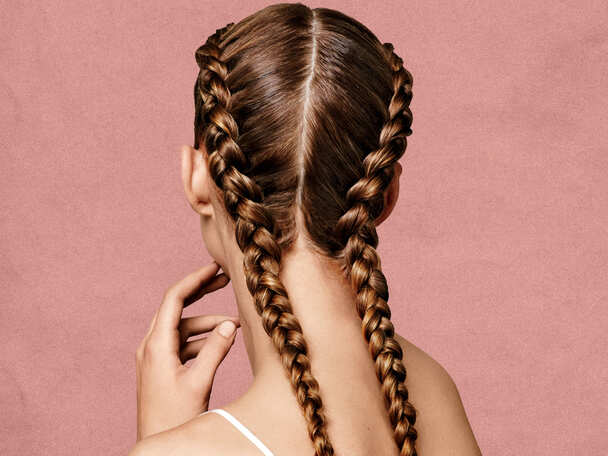
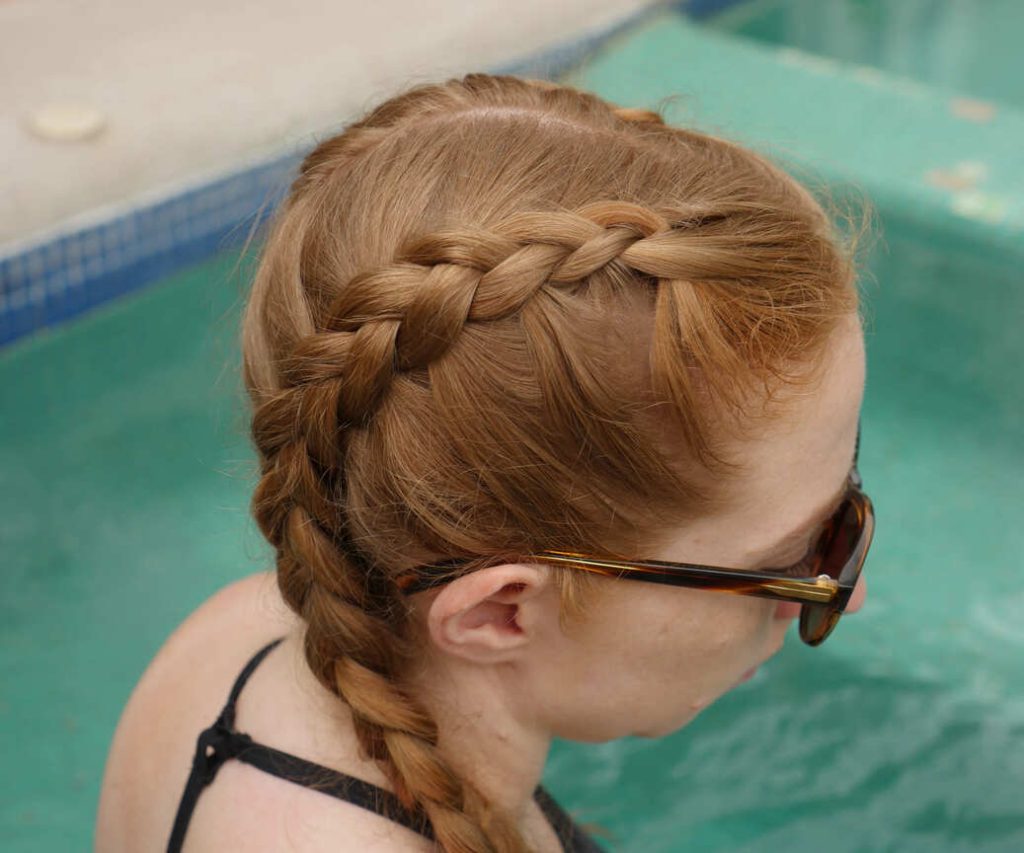
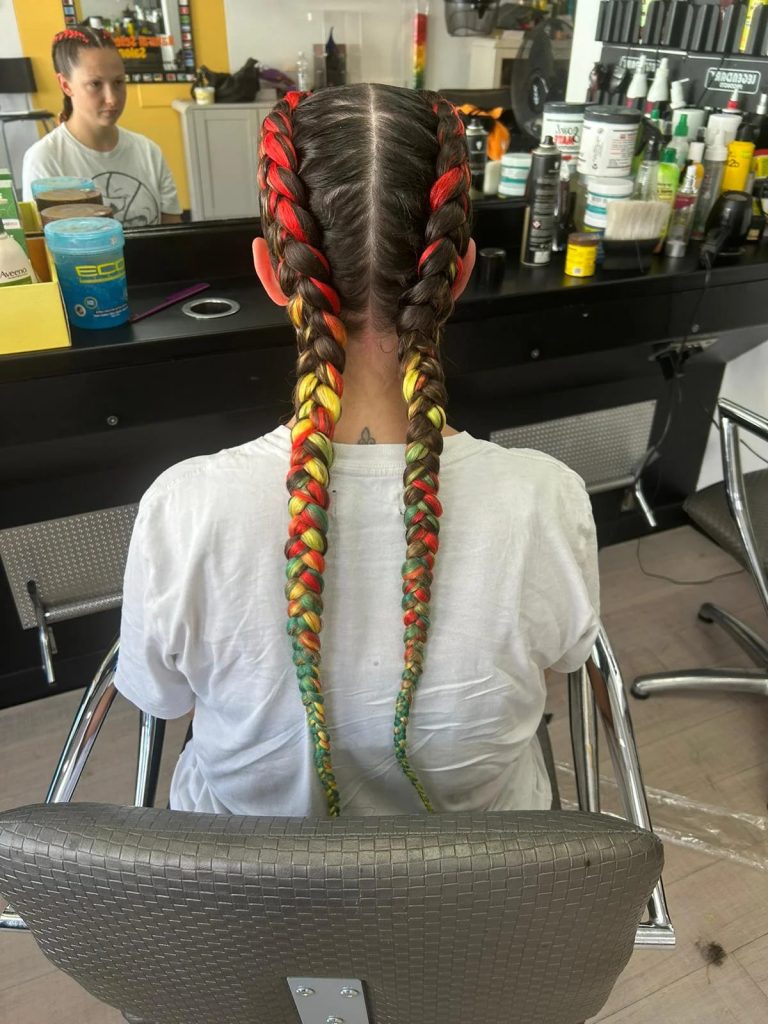
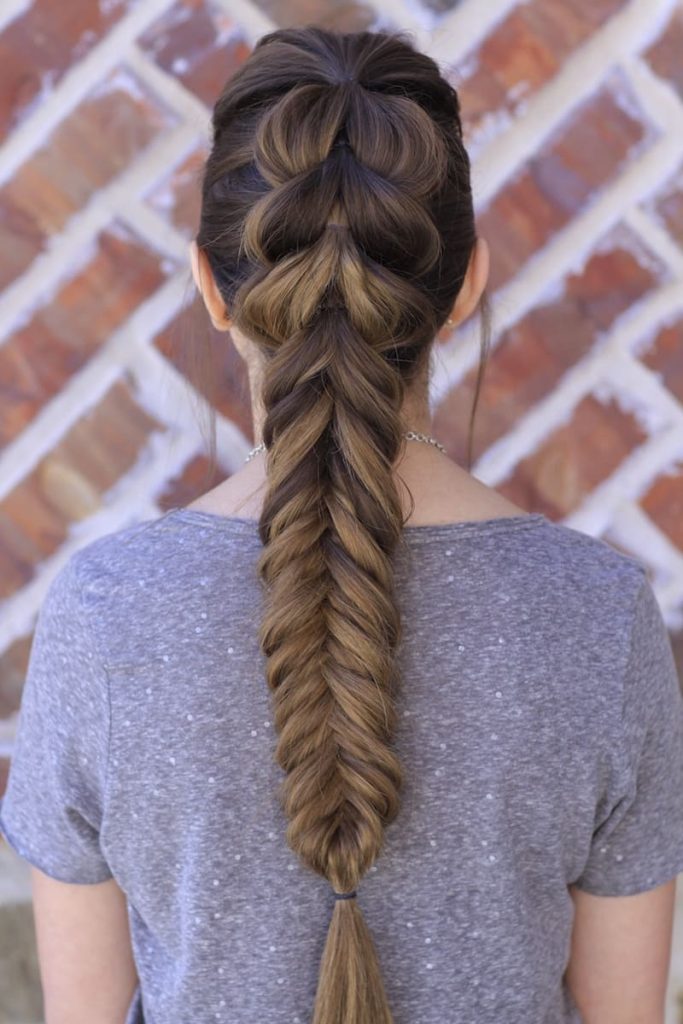
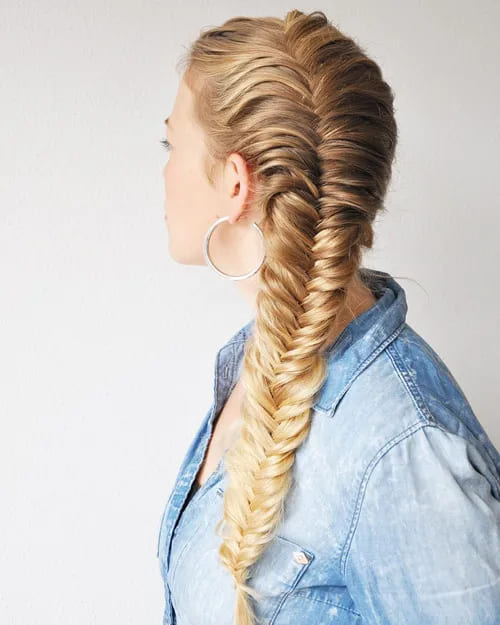
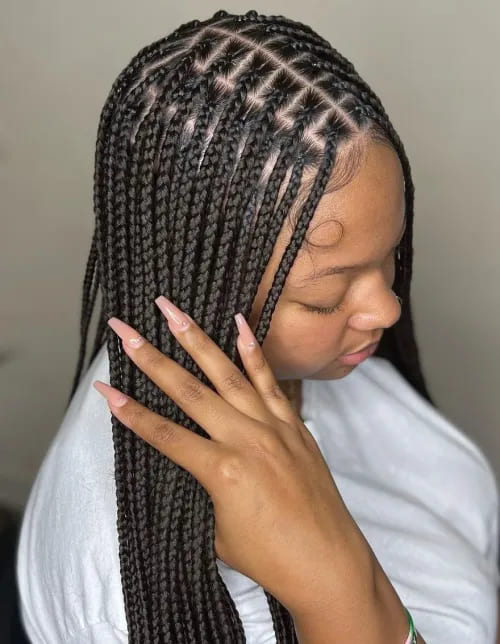
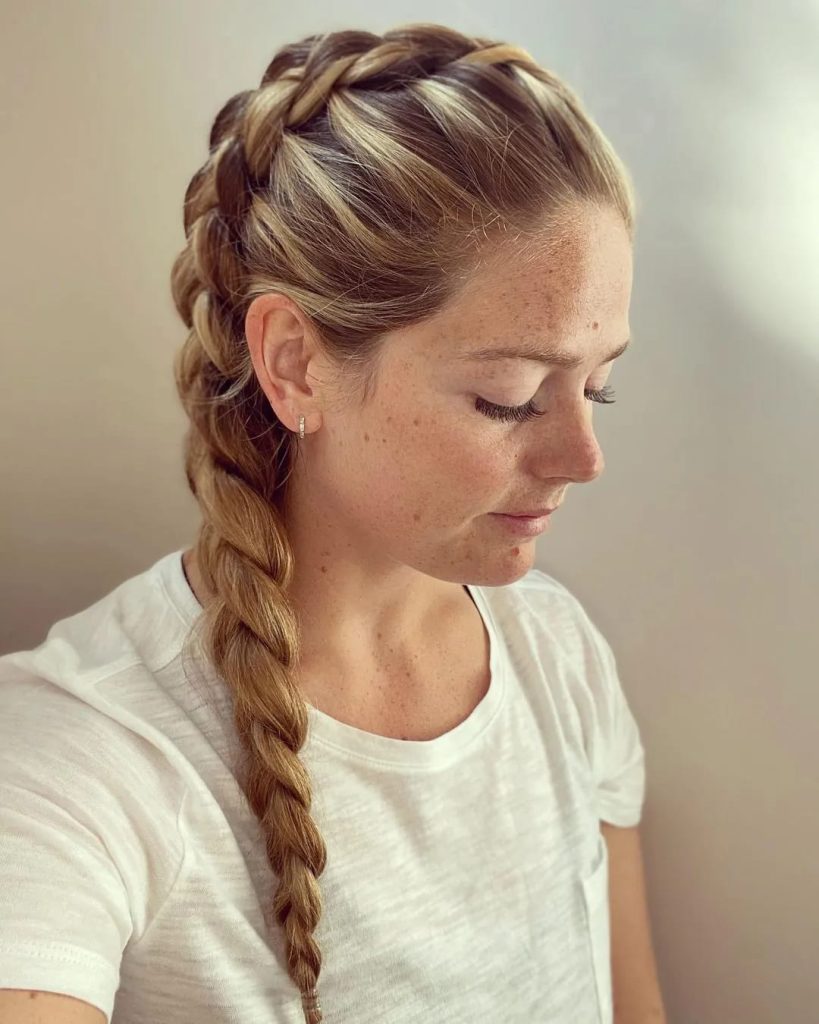
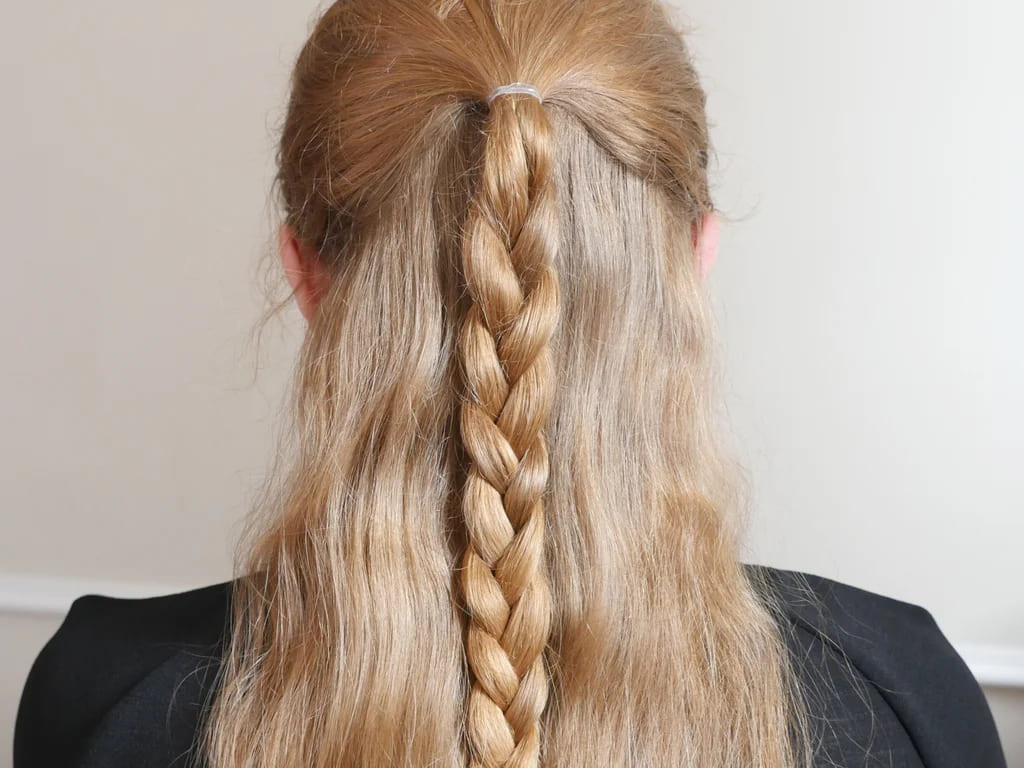
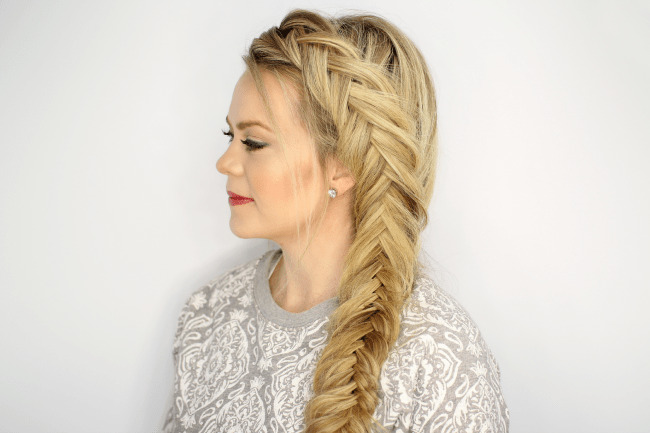
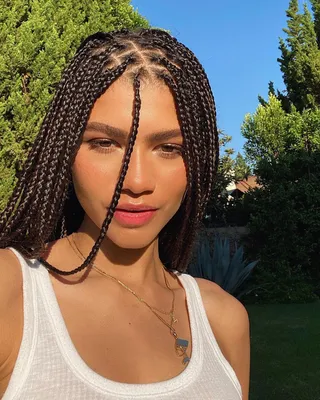
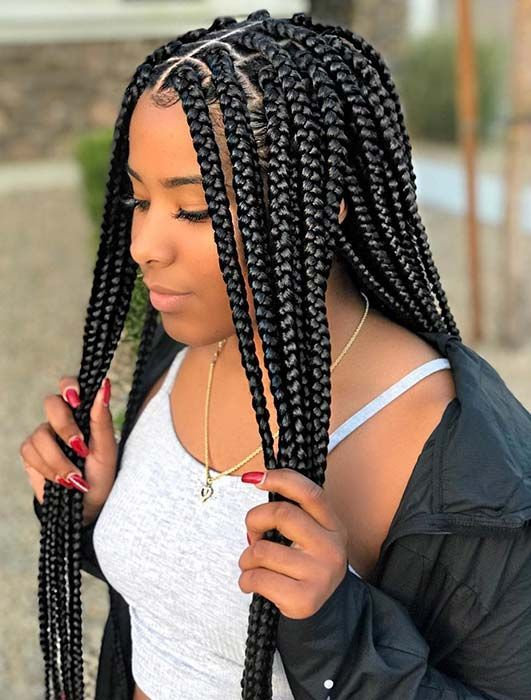

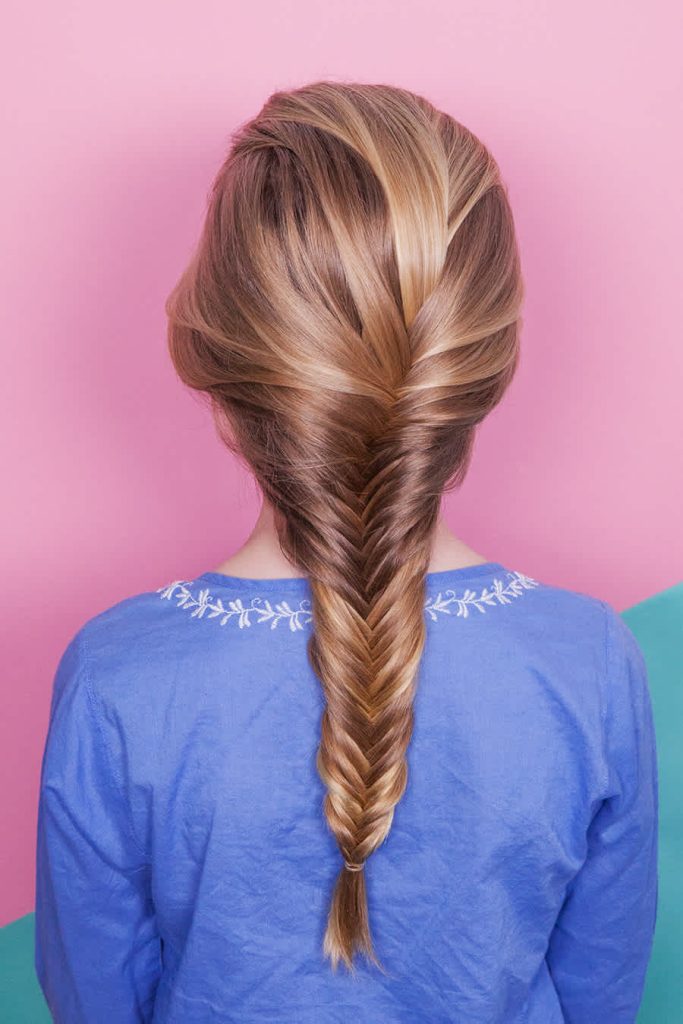
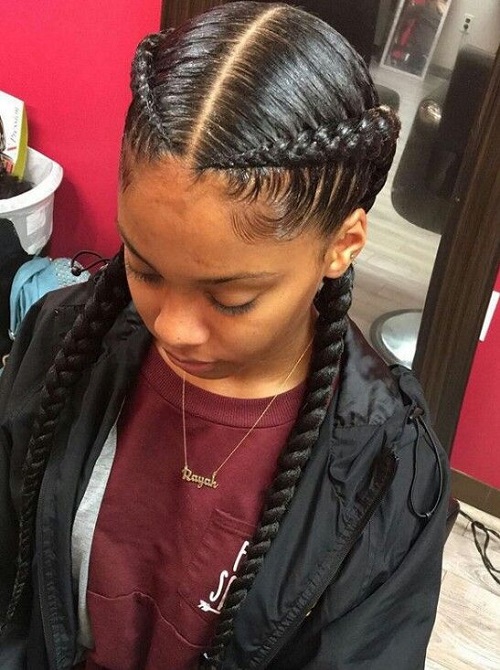

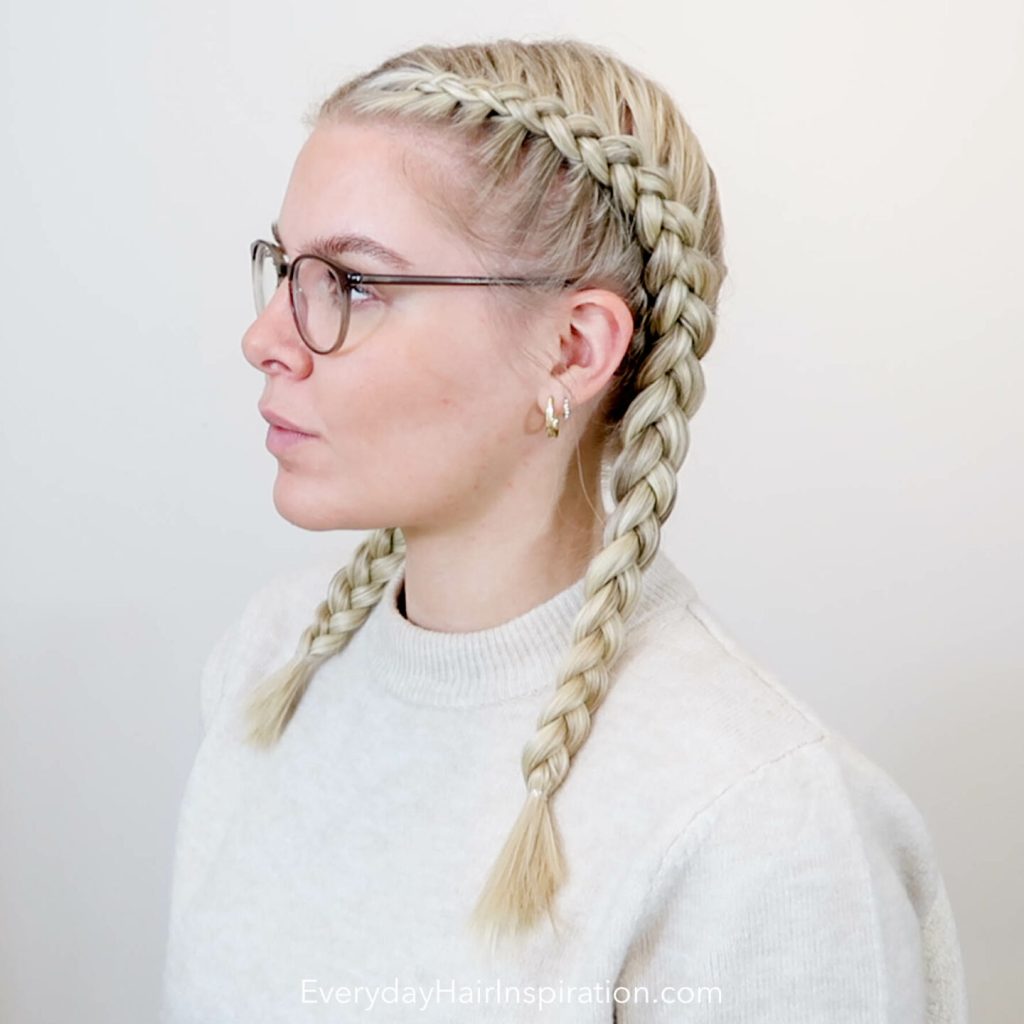
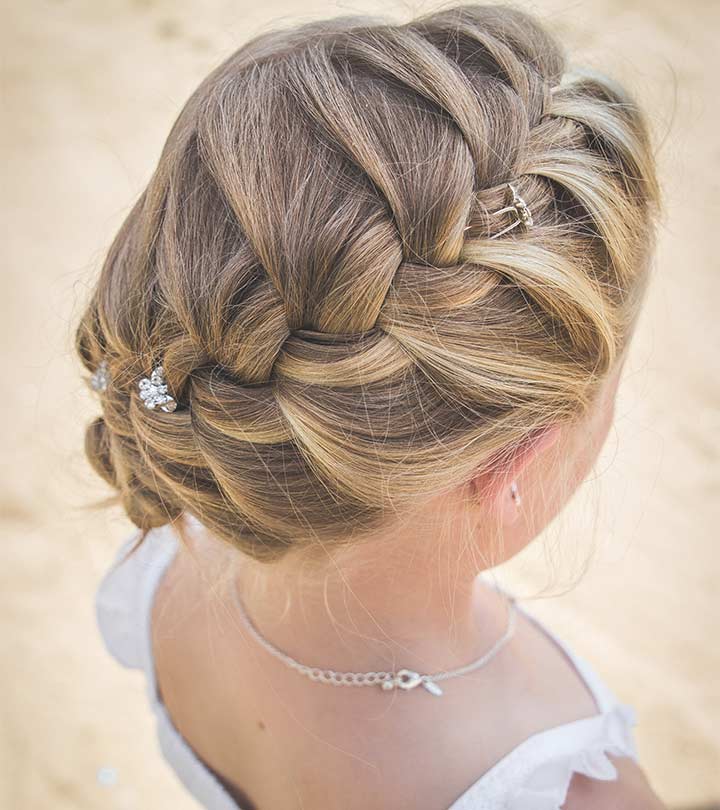
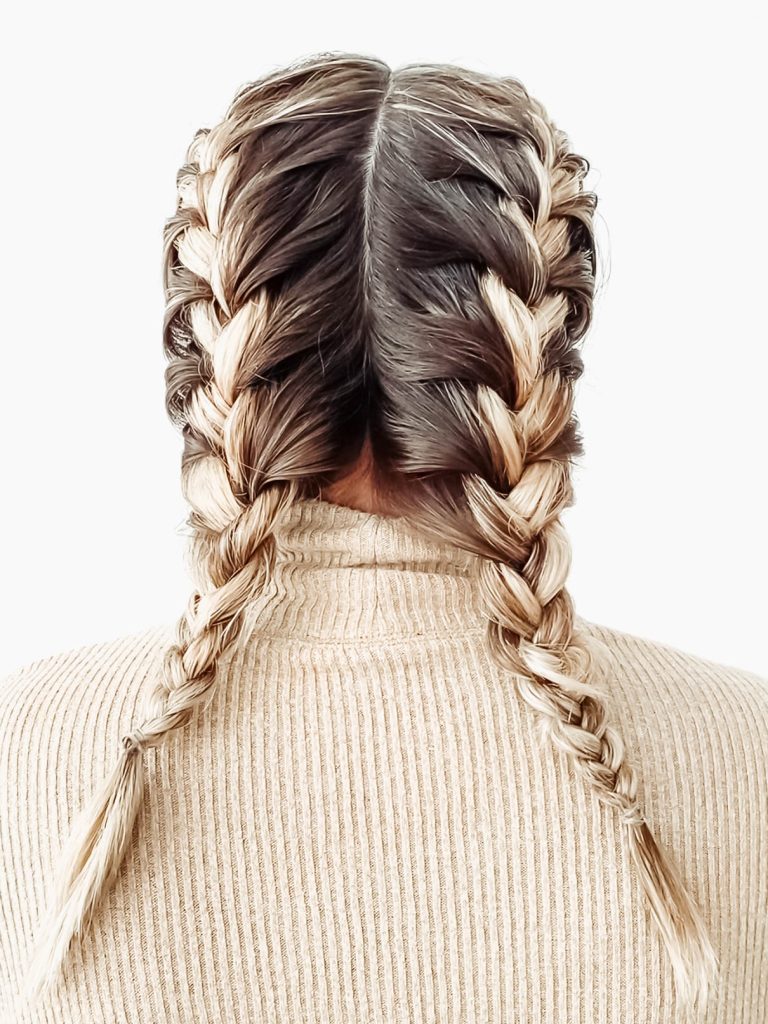

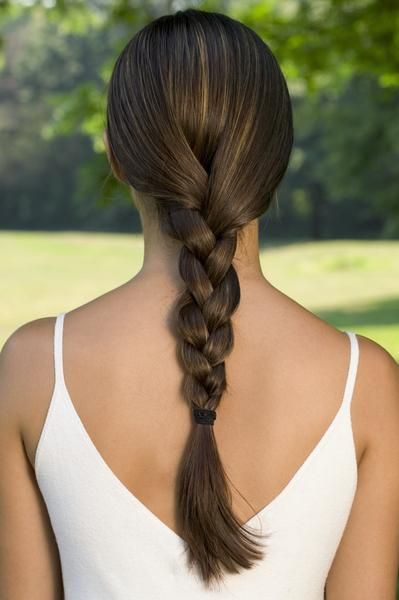
Conclusion
Exploring the world of braid hairstyles reveals not just a rich tapestry of cultural history but also a lively or energetic canvas for personal expression. Whether you’re drawn to the elegance of a French braid or the edgy appeal of mixed textures the options are as limitless as your creativity. By adopting the right maintenance practices you’ll ensure that your braids not only look fantastic but also keep your hair healthy. So why not experiment with some of the styles we’ve discussed? You might just find your new signature look.

